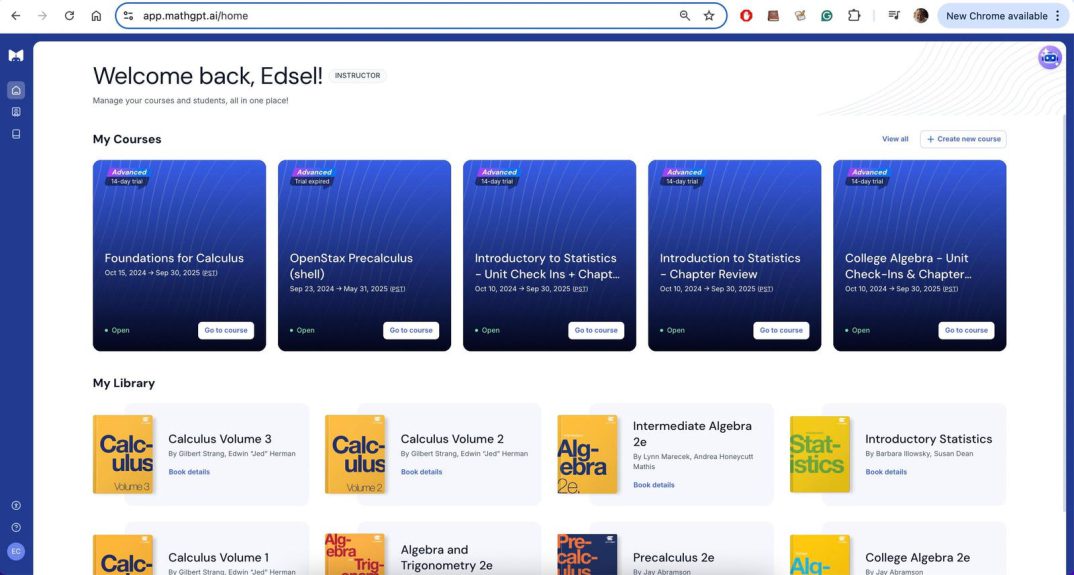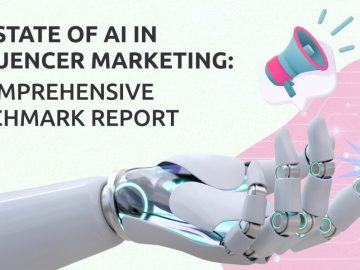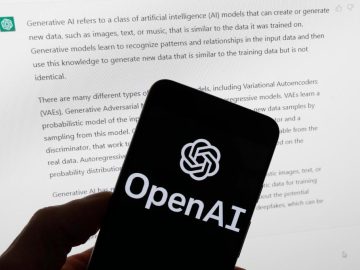MathGPT is hailed as a “even better, more accessible” way to teach mathematics.
MathGPT
One of the headliner features of iPadOS 18, which powers the new iPad mini announced this week, is something Apple calls Math Notes. Available in the also-new Calculator app, Math Notes is described by the Cupertino-based tech titan by helping users “mathematical expressions, create and use variables, or graph equations—for example, when learning new concepts in class, day-to-day budgeting, planning an event, home remodeling, and more” using an Apple Pencil of some lineage.
Although Apple touts Math Notes as an interplay of hardware, software, and intelligence, the reality is the functionality also involves accessibility as well. Much to the chagrin of every old school mathematics teacher who said we’d never have a calculator with us at all times nor could computers do math for us, Math Notes stands as concrete repudiation of those notions. From an accessibility viewpoint, Math Notes is a veritable godsend for anyone—students or otherwise—who has disabilities that make doing math problems difficult. From cognition to literally writing out numbers and symbols, Math Notes transcends sheer convenience. It can be a more accessible way to do math in ways truly only Apple could do because they famously aspire to tightly control the whole stack.
MathGPT strikes me as similar in conceit, if not exactly in execution.
Peter Relan is chairman of edtech company GotIt! Education, creators of MathGPT. Relan, born to a refugee settlement in India and emigrated to America at 18, explained to me in a recent interview over email that his parents, while poor, scrimped and saved enough money to send him to what he described as “the best school in Delhi.” It was at that school where Relan met a “brilliant” math teacher who ”opened my eyes to the beauty and potential of mathematics.” Mathematics, he said, proved itself the ticket to a better life in the United States, as Relan would enroll at UCLA to study computer engineering. In order to support himself, he became a math tutor—something Relan said was a “full-circle moment that allowed me to share the gift of mathematical understanding with others.” His lived experiences gave him a front-row seat to witnessing how math can be “a gateway to incredible opportunities”—particularly for those who, like him, emerge from underprivileged backgrounds.
“I witnessed how quality math instruction could build confidence, expand career options, and fundamentally change the trajectory of a person’s life,” Relan said of why math resonates with him. “This realization became the driving force behind my passion for MathGPT. While we can’t clone human tutors, we can harness the power of AI to provide even better, more accessible math help poised to help millions.”
Relan characterized MathGPT as more than utilitarian; the overarching mission is to “democratize high-quality math education.” He went on to say that by combining cutting-edge generative AI technology with so-called “carefully curated curriculum alignment,” the end result is MathGPT is, according to Relan, “a cheat-proof, infinitely patient tutor that can support students and turbocharge instructors’ capacities.” For students, Relan said MathGPT offers 24/7 personalized support and more. For instructors, it serves as a “time-saving course manager.”
As its name implies, MathGPT operates similarly to how, say, ChatGPT does: the user inputs a query or other information, then the system responds in kind based on said data. As the MathGPT website notes, the software “coaches students through any concept or problem by prompting, guiding, and encouraging students on their learning journey.” MathGPT doesn’t simply give up answers; rather, it “asks students thought-provoking questions alongside the material, deepening their understanding of key concepts” in an eminently scalable manner so as to reach every student with “limitless personalized tutoring.”
MathGPT, currently in beta in more than 30 community colleges nationwide, exists because, as Relan told me, it “helps students get the college-level math support they need—without giving answers away while automating labor-intensive teacher tasks like course planning, assignment creation, and grading.” MathGPT’s march towards general availability comes at an opportune time, as the passage of California Assembly Bill 1705 is the harbinger of the elimination of remedial math classes taught at the state’s community colleges. The bill, which Relan said ostensibly streamlines pathways to graduation, has the sordid underbelly of ”decreased enrollment and widened disparities for disadvantaged and part-time students.” By contrast, MathGPT was built with inclusivity top of mind. Relan boasted about the software meeting “the highest accessibility, security, and compliance standards” in existence today, including the Americans with Disabilities Act and Voluntary Product Accessibility Template. Moreover, Relan noted several of MathGPT’s new features include AI support settings which, for instance, enable students to easily upload their work and get instantaneous, personalized feedback on the work they provided.
Speaking of feedback, Relan said the reaction to the betas have been positive. At institutions such as De Anza, Fresno City College, and Pasadena City College in California, Relan said MathGPT has surpassed 50,000 sessions with students, with students averaging an additional 12.8 hours of support. Some mathematics instructors, he added, have excitedly noted “they’ve seen a major improvement in students’ grades.”
“The assignments I give on MathGPT are averaging a full letter grade higher than other assignments,” said one anonymous testimonial shared with me. “Students are telling me that they notice a difference too!”
As to the future for MathGPT, Relan has big dreams.
“My hope is MathGPT can be that transformative force for countless students, opening doors and building the confidence needed to pursue STEM careers,” he said. “I’m excited for the potential that MathGPT has to create a more equitable future where every student has access to the kind of life-changing math instruction that shaped my own path.”





